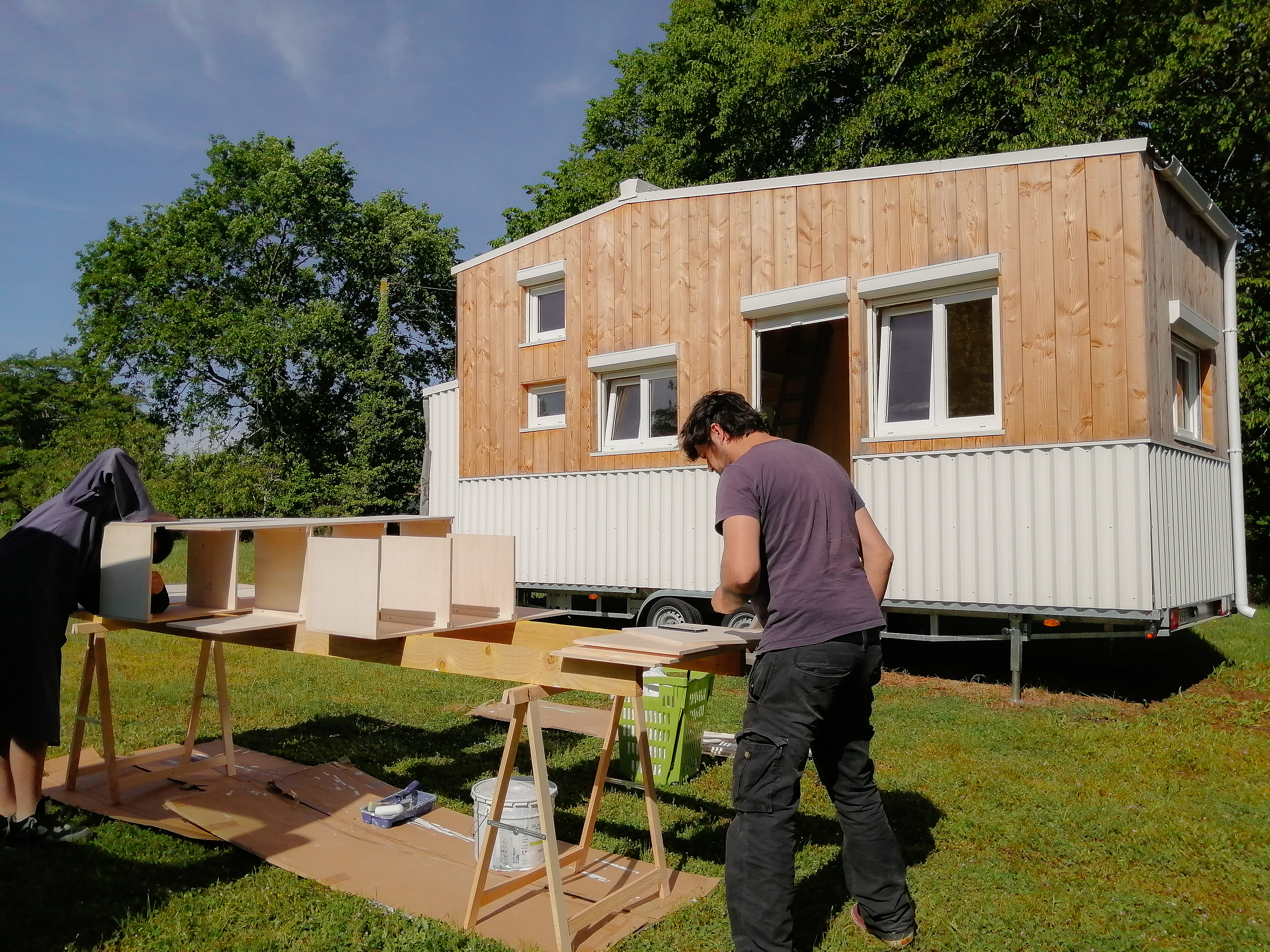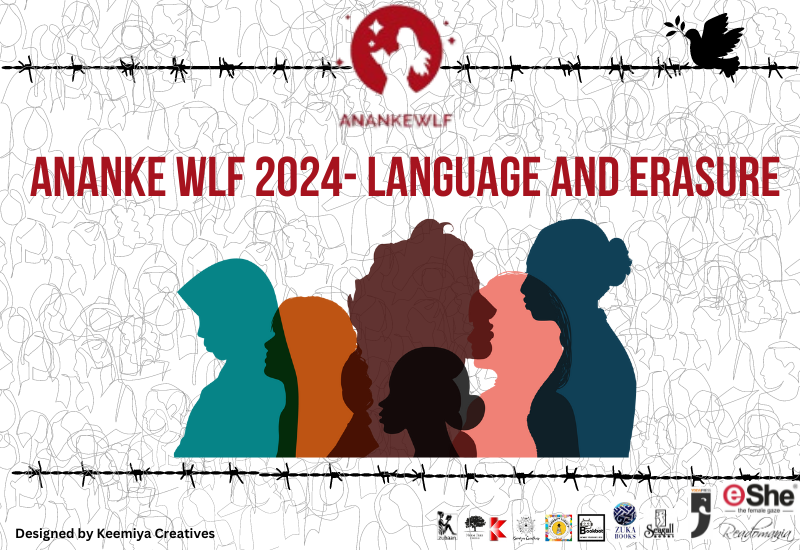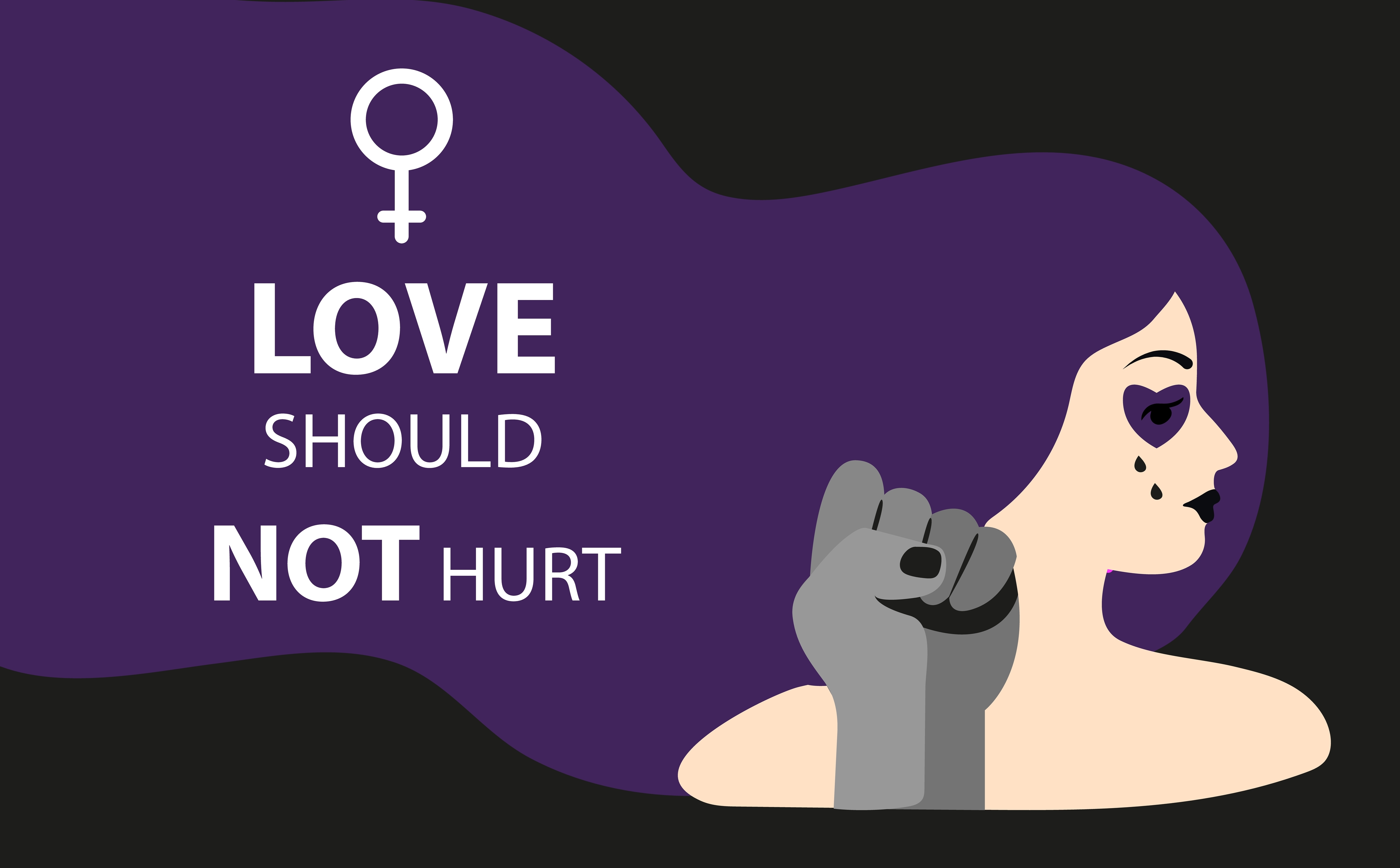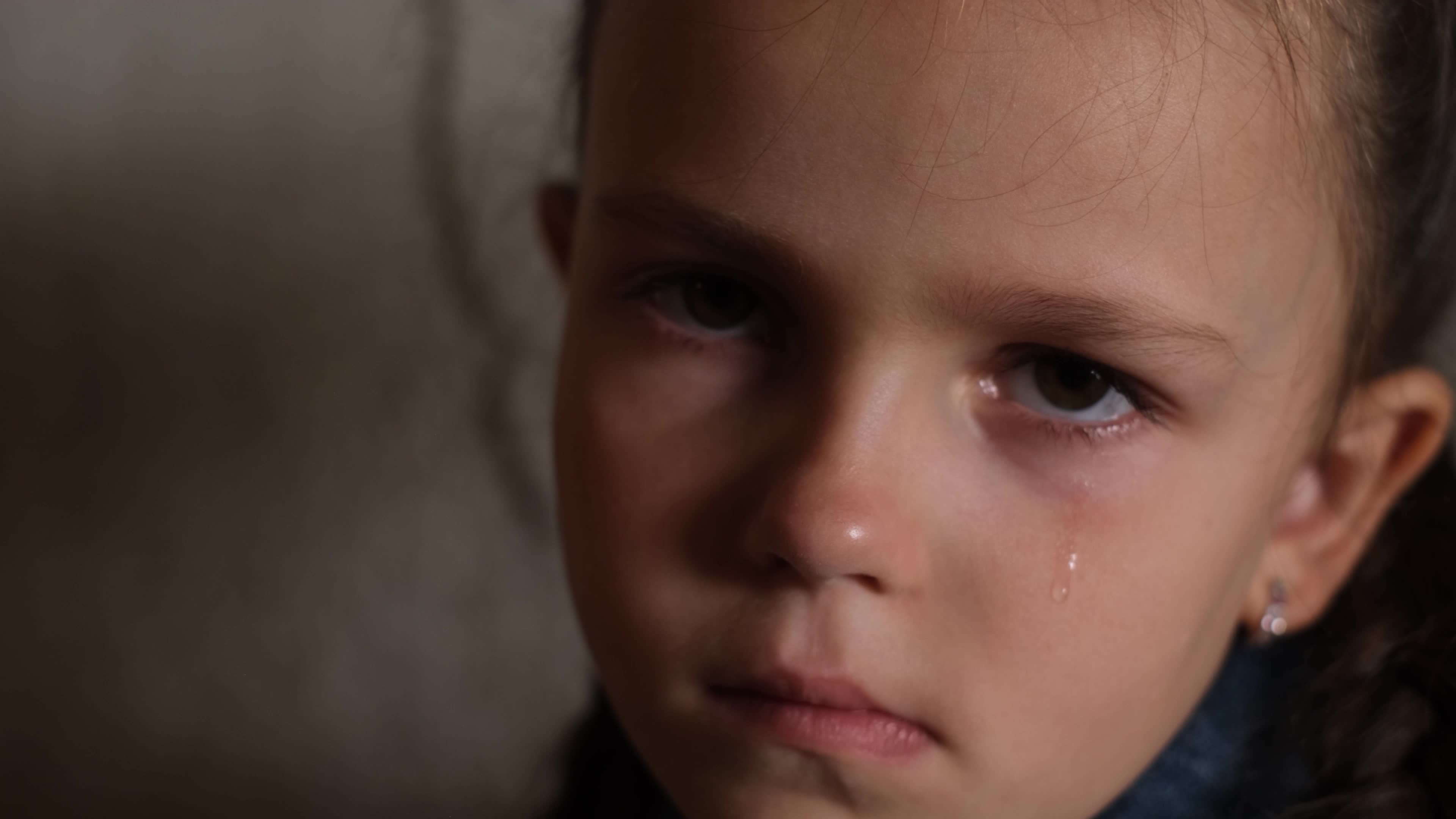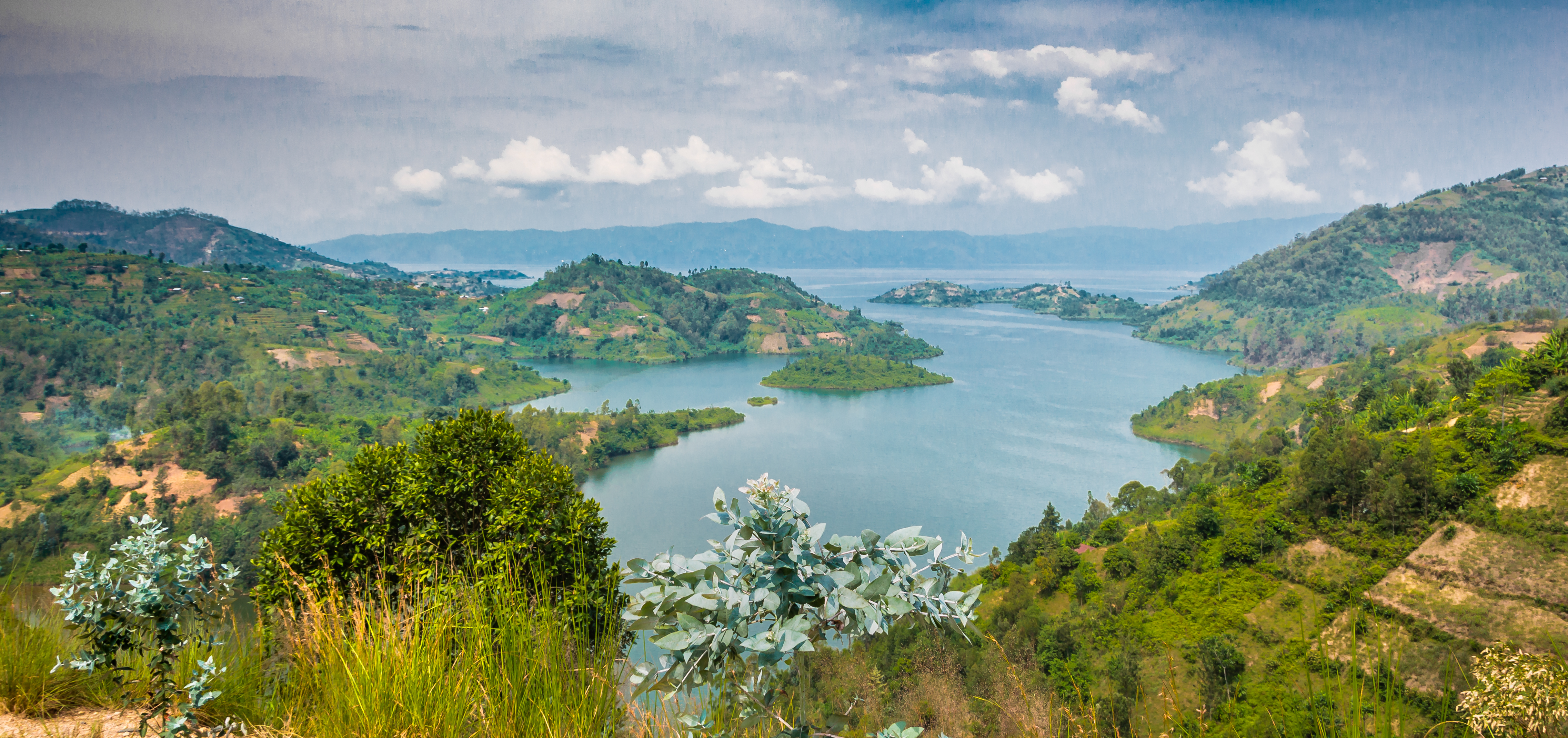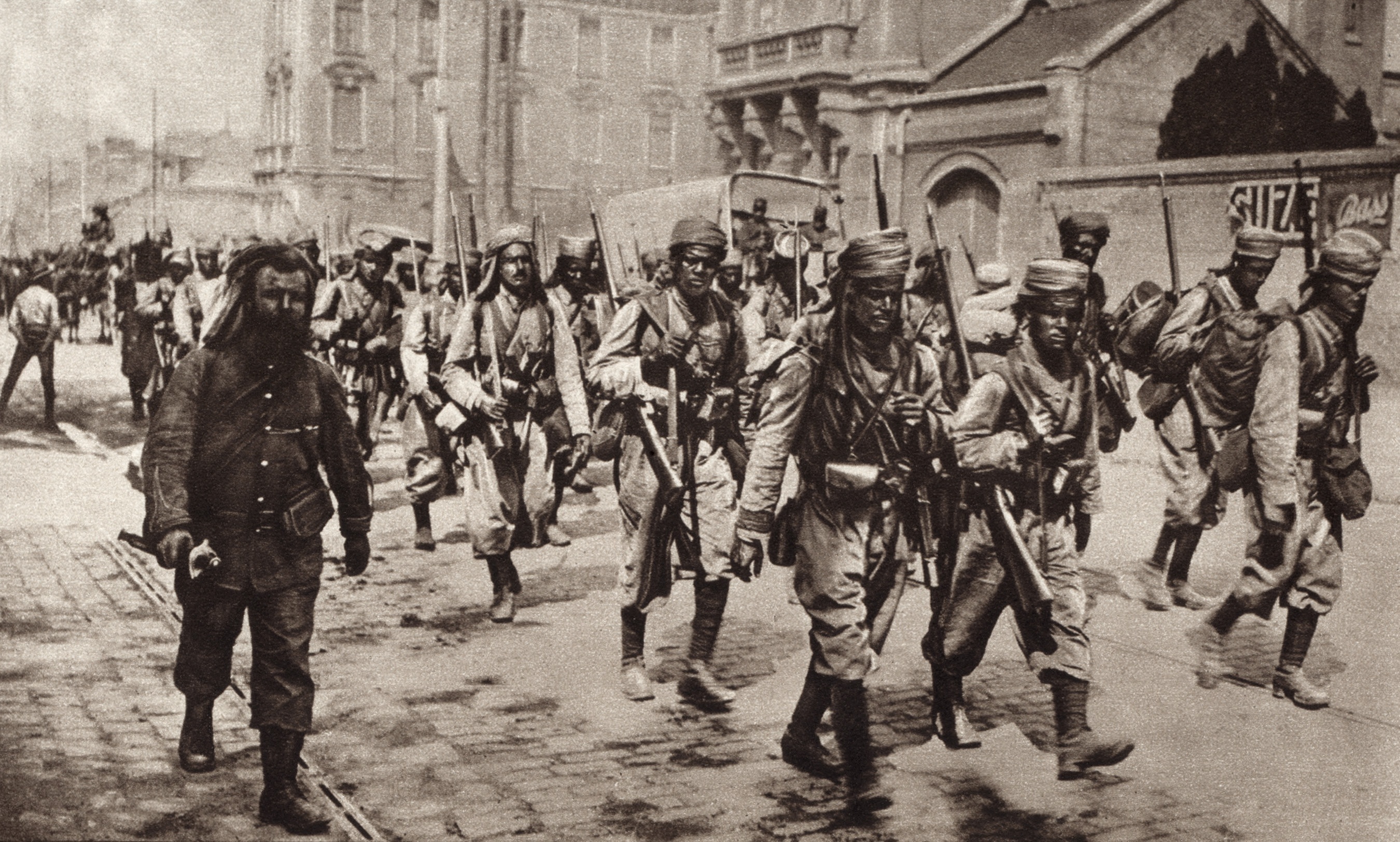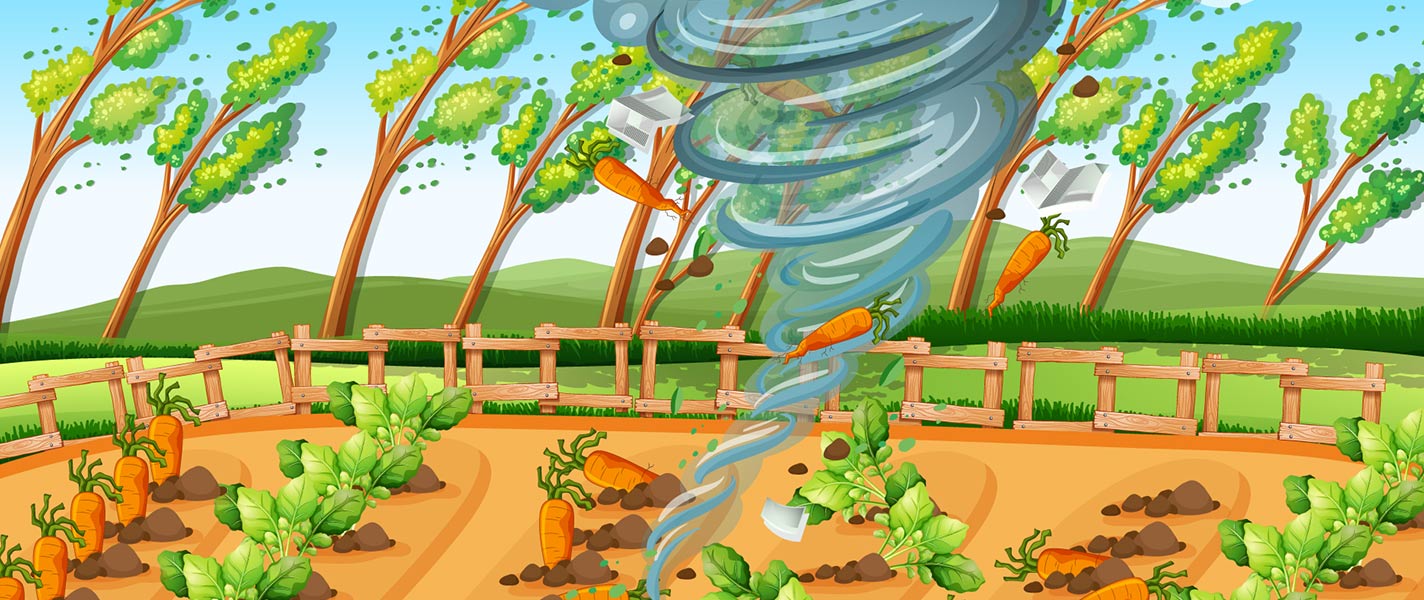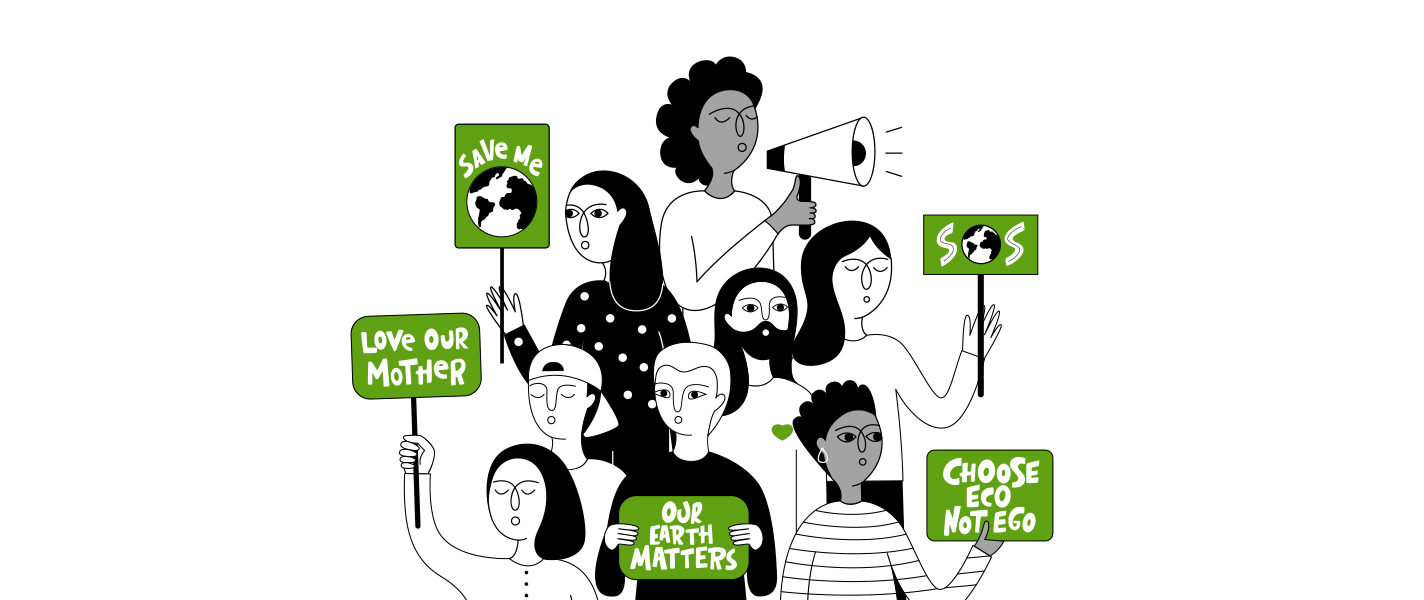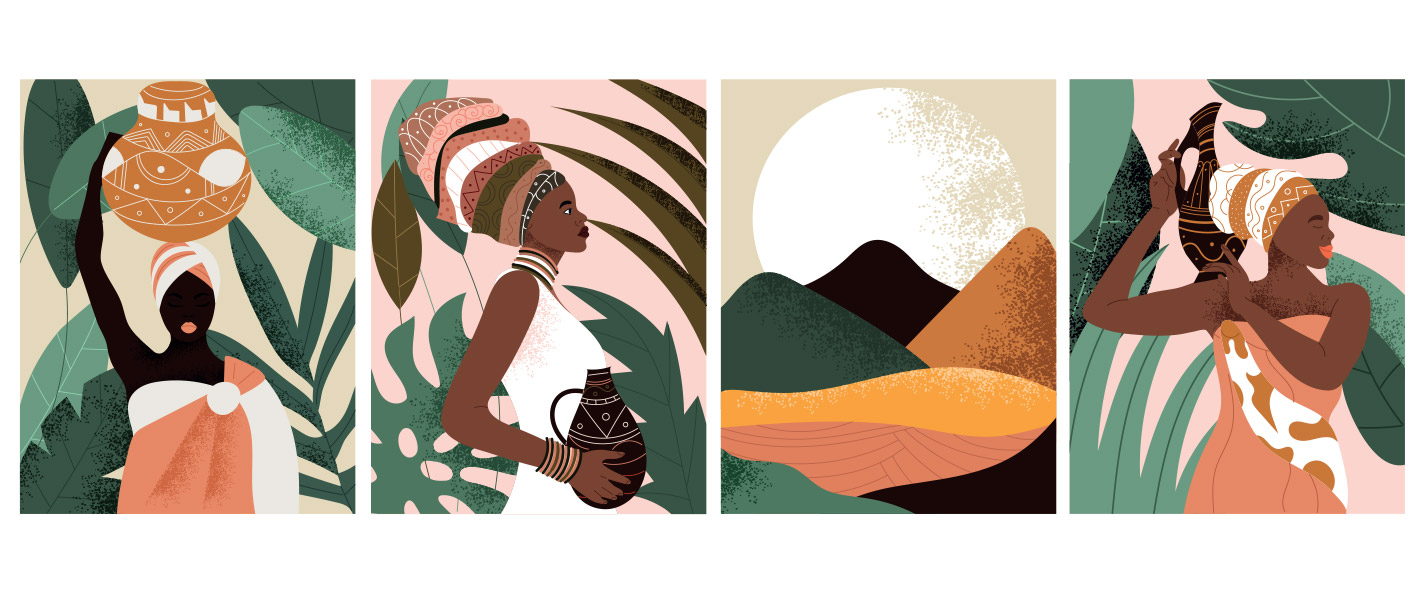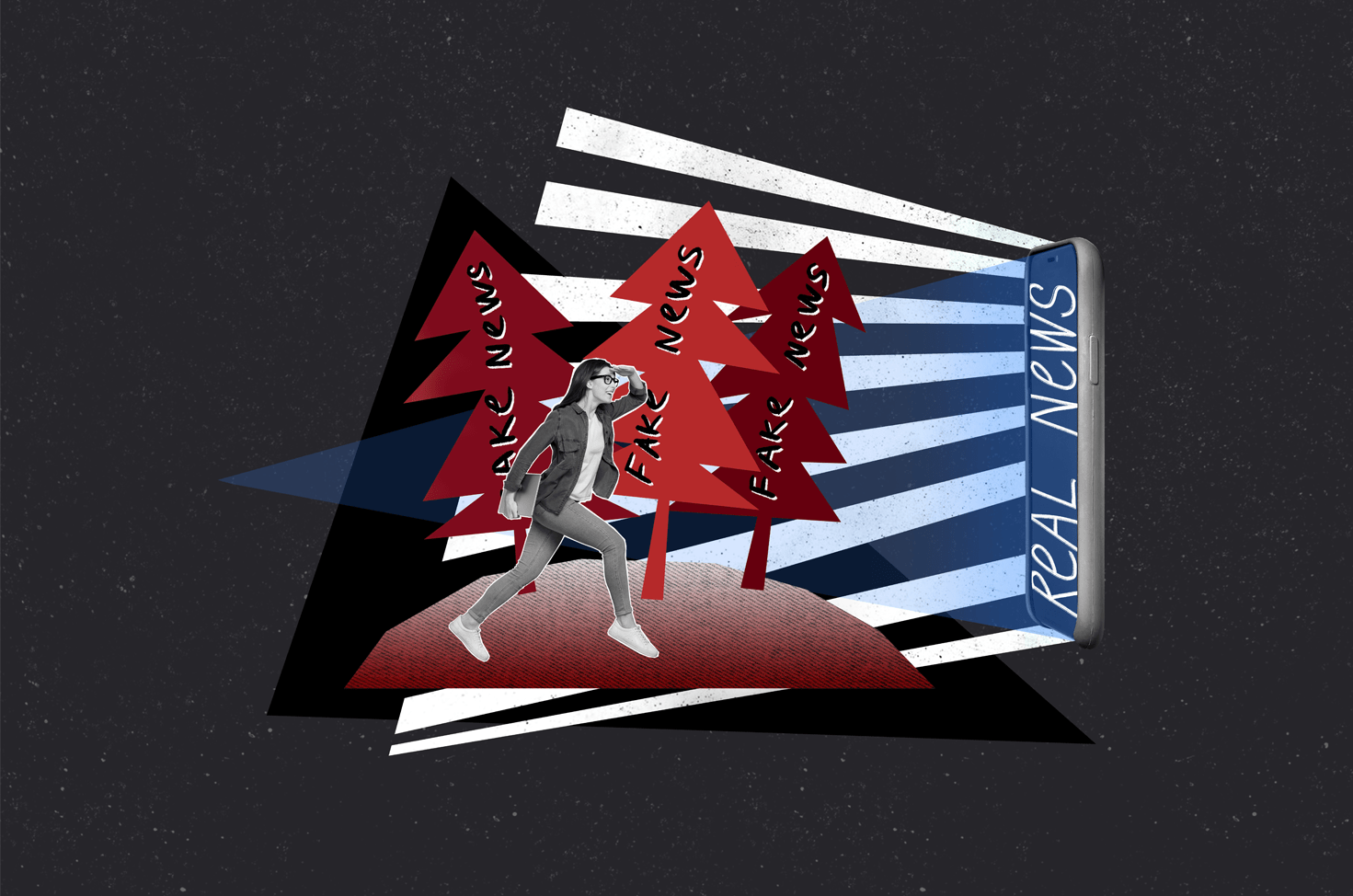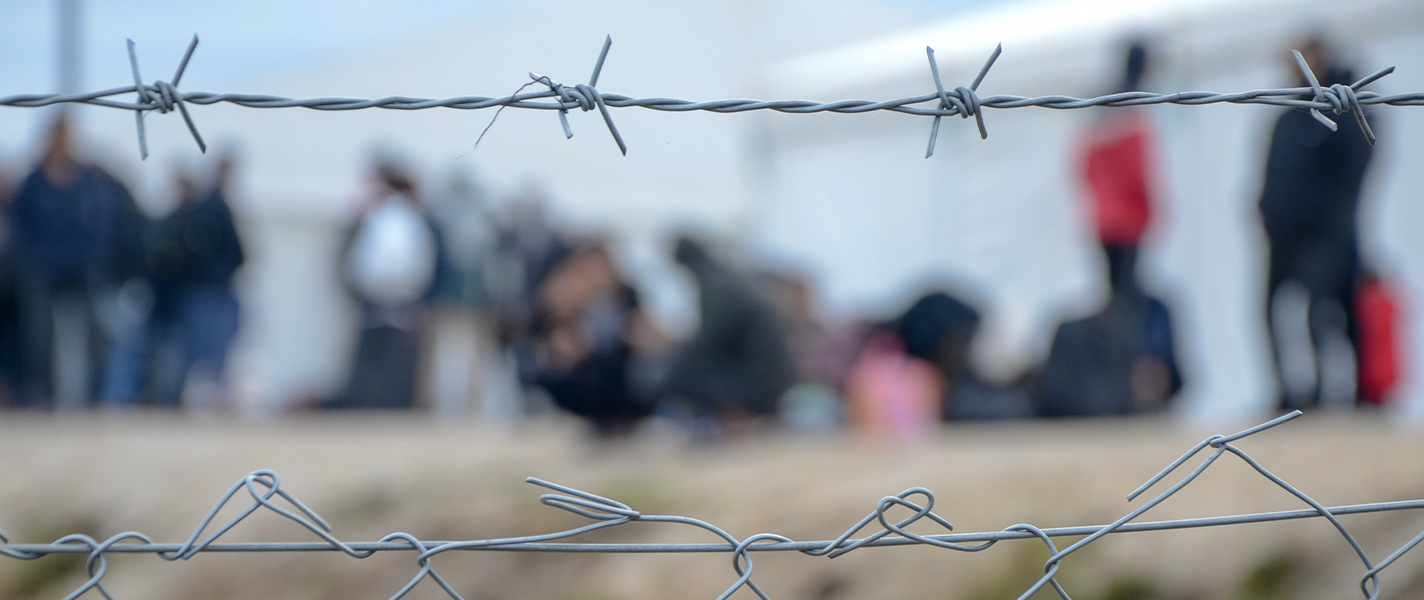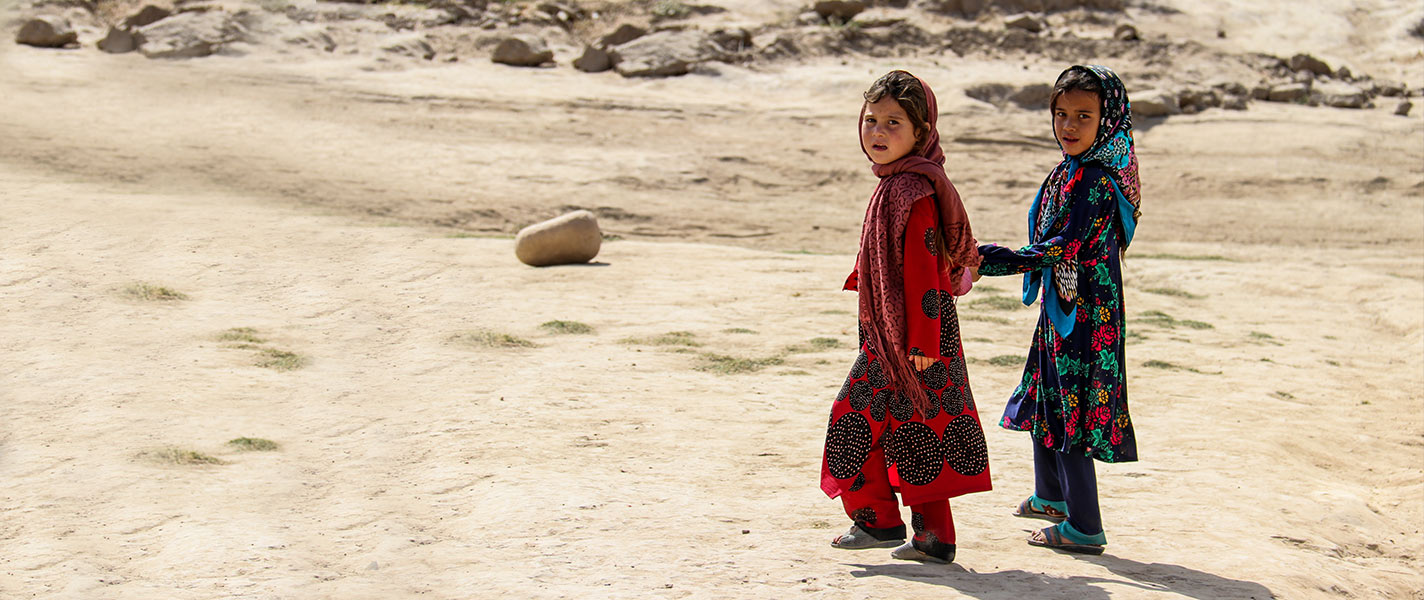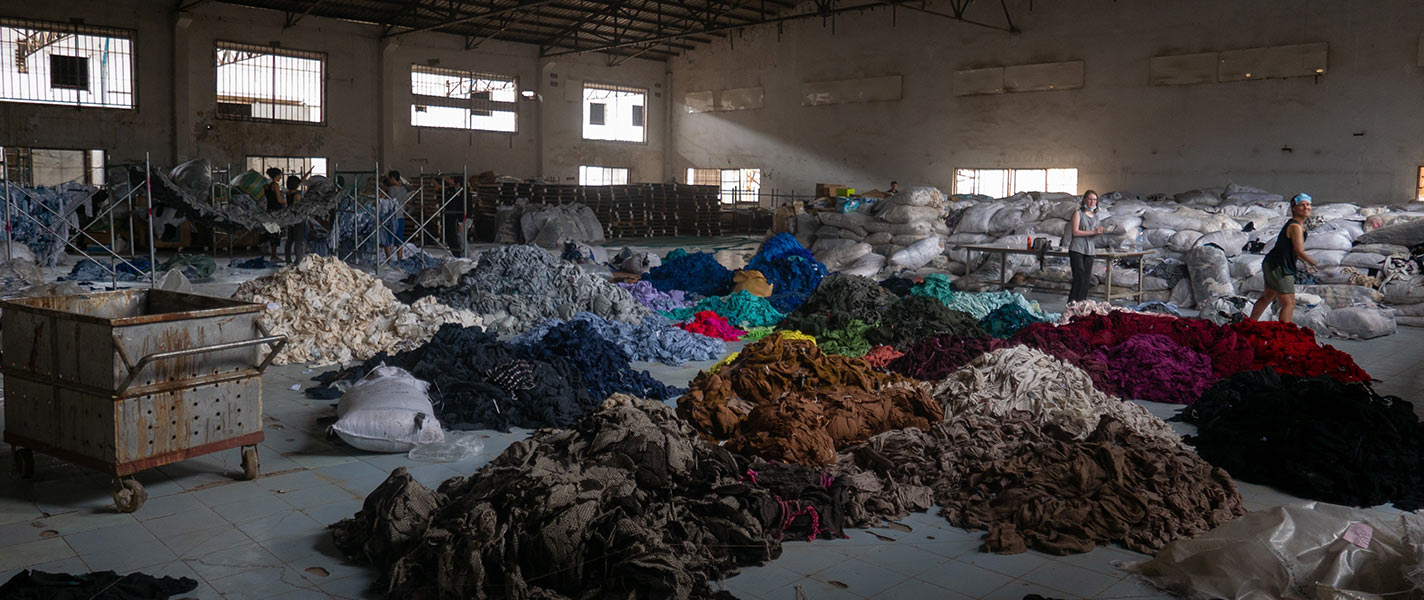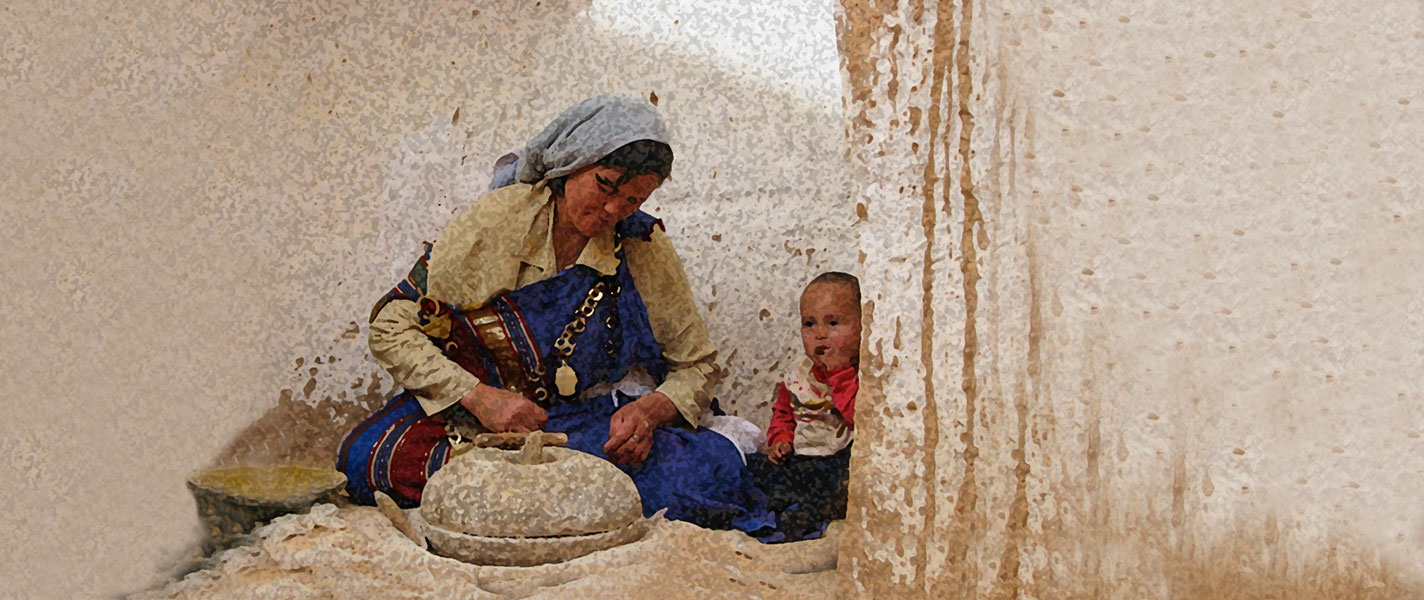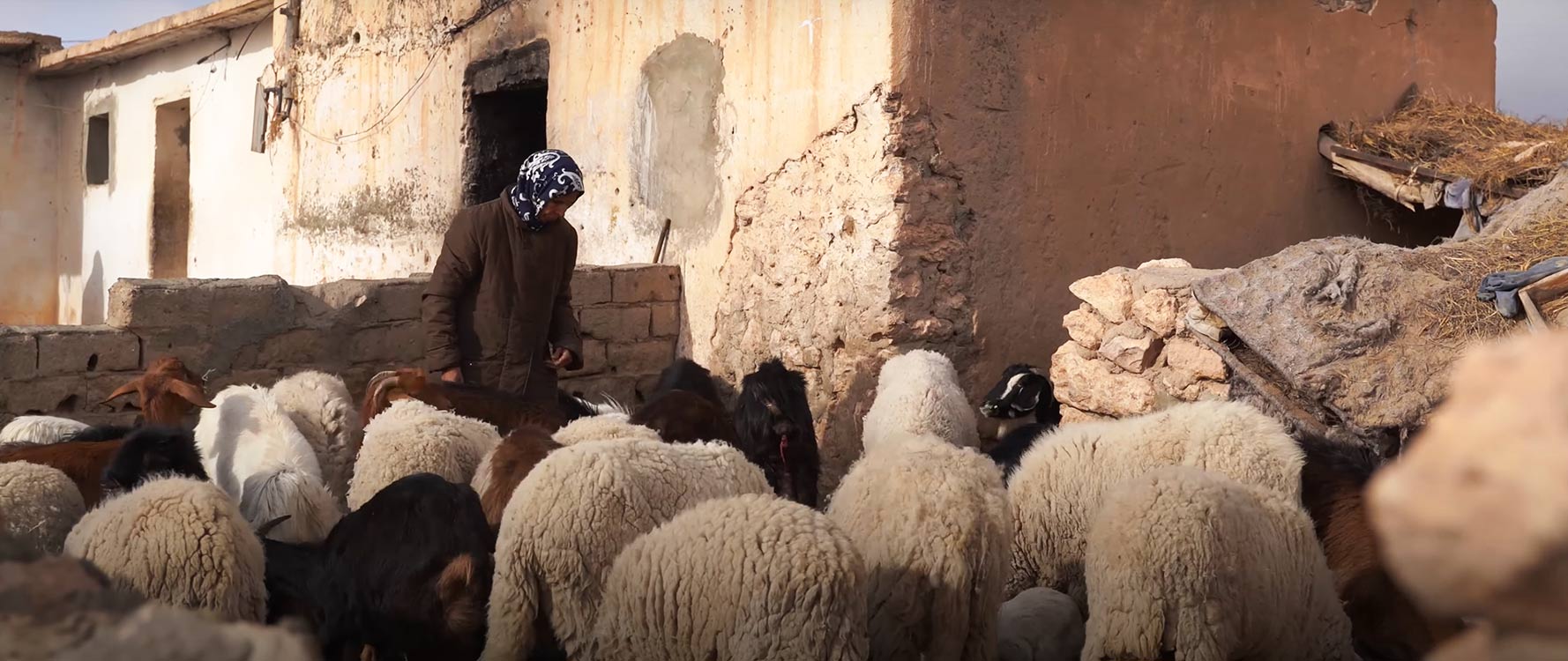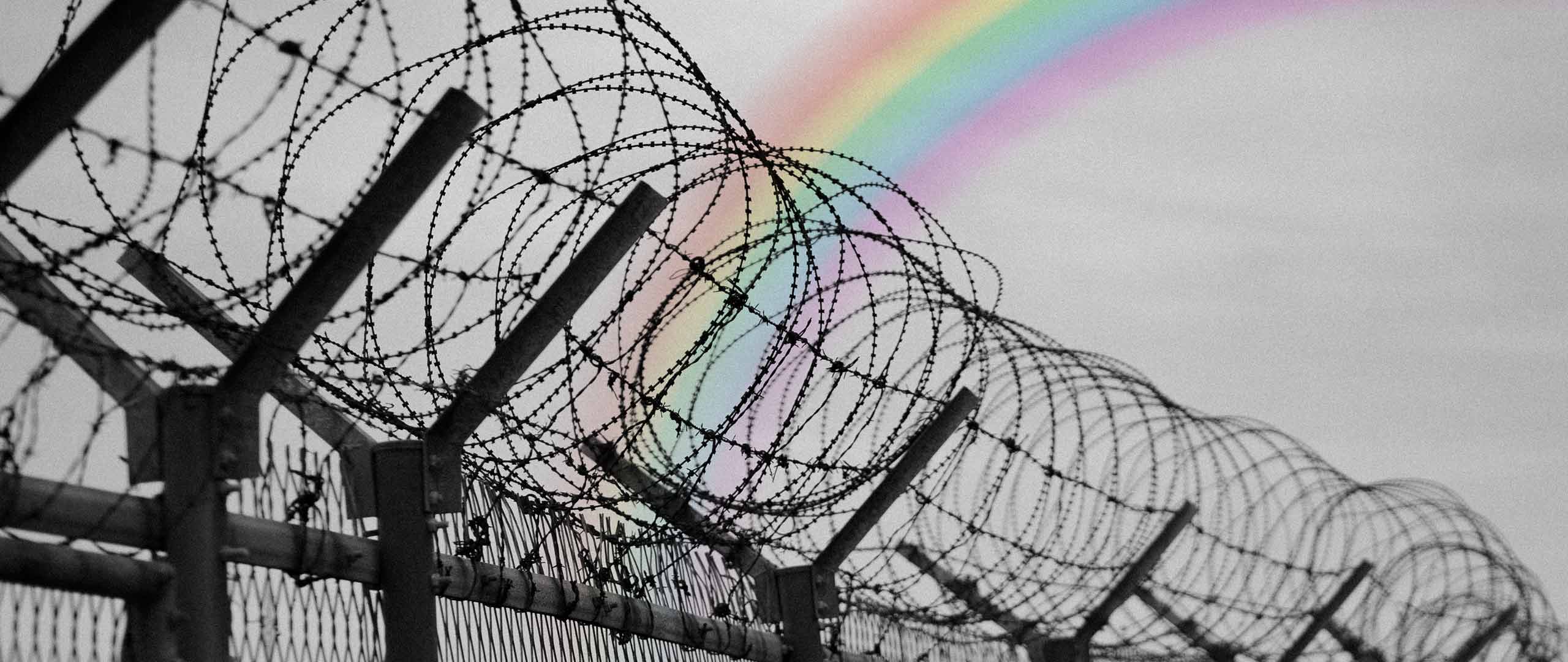Under the Fig Trees: A Reflection of Tunisia’s Rural Women’s Realities
Under the Fig Trees presents a breath of fresh air for Tunisian cinema, offering a new genre to the movie scene with regard to the chosen theme and the director’s artistic approach.
You can ask any cinephile living in Tunis, and they will probably tell you that October is their favorite month of the year since it marks the beginning of the JCC Carthage Film Festival, a one-week-long celebration of movies and discussions with directors and actors mainly from the Arab world and Africa. In my opinion, last year's edition was a special one because I had the chance to watch one of the most refreshing, elegant, and moving Tunisian films addressing a cause that is very dear to my heart.
Under the fig tree is a Tunisian movie by Franco-Tunisian Director Arij Shiri and was released in 2022 in movie theaters after debuting at the JCC. It follows a day, from dawn to dusk, in the life of a group of fig tree harvest workers in Kisra, a Berber village in northwest Tunisia.
The film offers a much-needed refreshing take on the living reality of working rural women in Tunisia. While brilliantly conveying their struggles, it has succeeded in breaking the stereotypes and cliches surrounding these women, carefully challenging an image that has always been linked to tragedy without romanticizing their struggles either.
That is why I was thrilled when I learned that the one-hour-and-a-half film won the Silver Tanette Award in the feature film competition and was chosen to represent Tunisia in the race for the Oscars 2023 Best International Film.
Rural Farmers in Tunisia, a Feminized Suffering
While the movie follows the lives of multigenerational male and female rural workers, the viewer cannot miss that it highlights the story of working rural women, as shown by the predominantly female cast, story plot and the focus of the director's lens. In this regard, the film skillfully translates the reality of the agricultural sector in Tunisia, a predominantly female sector.
Under the Fig Trees opens with working rural women riding in stuffed pickup trucks, a scene that has always been associated with female farmers. Here, the film draws the viewer's attention to the unsafe, informal means of transportation that these women take daily to get to their work.
The colorful scarf that Fidaa, the main protagonist, is wearing is a subtle reference to the fight and resistance of these women. The scarf has since been used by women’s organizations and human rights activists as a symbol when advocating for the right to safe transportation, an advocacy journey that has since been called the « fight against death vans ».
Giving a Voice to Those we Rarely Hear From
The movie is aesthetically pleasing as Arij’s camera follows the harvesting process during a summer day in Kisra, celebrating the beauty of Tunisia’s landscapes and nature. Adopting a documentary style, the film's realistic approach brilliantly echoes the day of female workers, echoing the love stories, the flirtations, the happy moments, but also moments of anger, disappointment, and injustice.
What caught my attention while watching the film was the authenticity and the realness of the dialogues, the accents, and the « acting ». Hearing these women voicing their own stories to the world, I remember telling myself, «This feels so real ».
It was only after listening to the director's interviews and researching the film, something I do for every movie I enjoy, that I understood where this authenticity was emanating, which could also explain the wave of criticism that the movie received. Many found it boring because, technically, nothing “thrilling” happens during the one hour and a half. Others might complain about the bad acting or that it did not do justice to the struggles of rural workers. Intriguingly, that is what made it unique in my eyes.
Before entering the movie theater, I was bracing myself not to watch a movie full of cliches. However, casting locals, who were facing the camera for the first time, was a courageous choice by the director, and not just any locals, but rather locals who are harvest workers in real life. The film’s attempts to convey their stories through their voices perfectly reflected the authenticity and realness that I had previously referred to. This layer of authenticity was also translated into the movie’s dialogue, through the participatory approach that the director took when filming the movie by including the cast in writing the dialogue and the storyline. The results consisted in an optimistic film that conveyed not only the challenges and the struggles of rural women in Tunisia but also their dreams, hopes and aspirations.
From my standpoint, the movie represents life in all its aspects, but more importantly, it teaches us the importance of including and listening to those from whom we rarely hear.
The article represents the views of its writer and not that of LEED Initiative.



